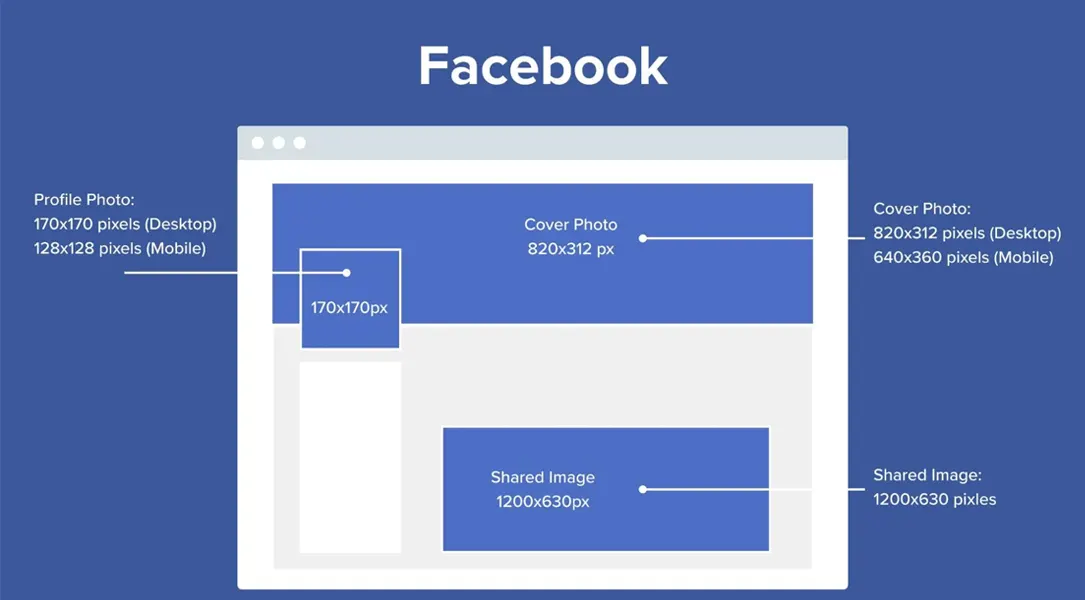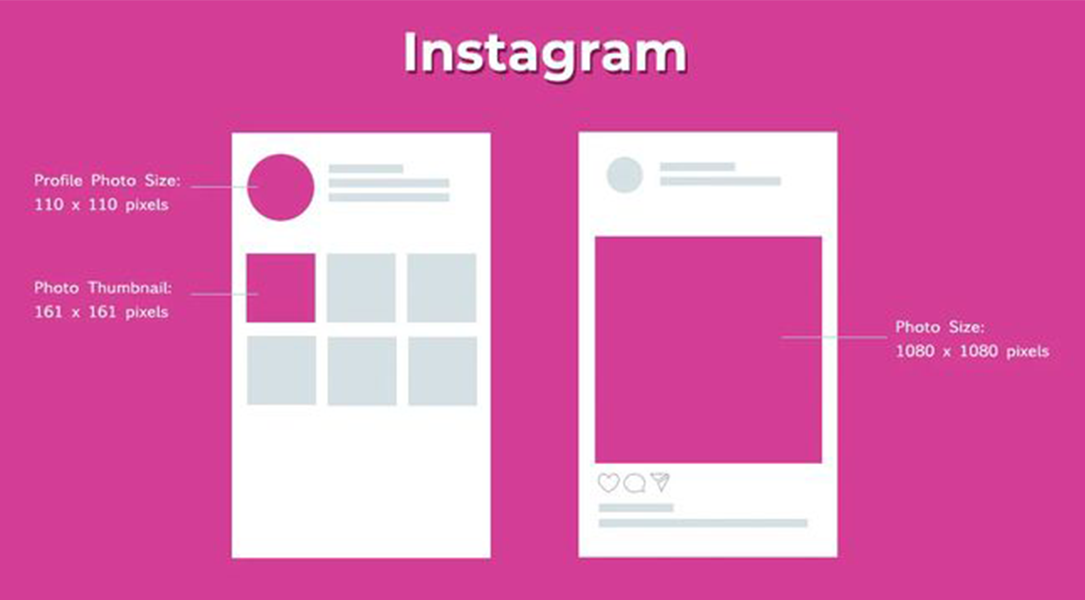
How Social Media Optimization & Marketing Works in 2025 ?
January 6, 2020
Now you can get the best results from your website with only 9 tips
August 22, 2021
How Social Media Optimization & Marketing Works in 2025 ?
January 6, 2020
Now you can get the best results from your website with only 9 tips
August 22, 20212025 Best practices for digital marketing and Social Media Marketing Posts - Photo Size and Video Post Size. Digital Online marketing involves designing great infographics for your business.
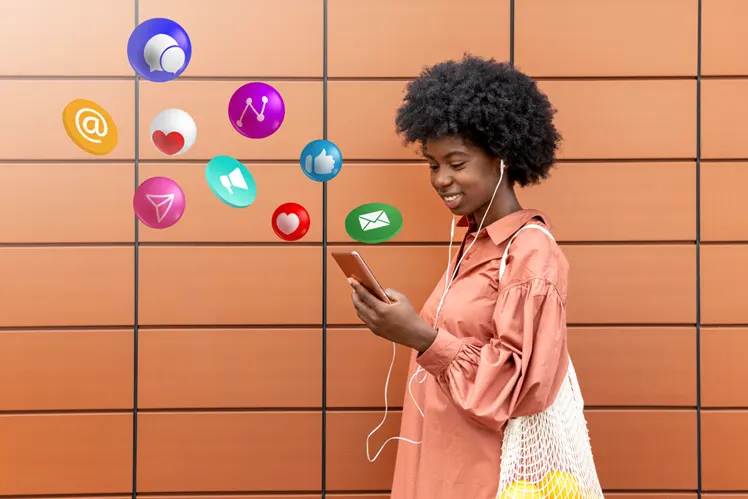
All you need to know about social media image sizes for various post types. You can now quickly optimize your visual content for Facebook, Twitter, Pinterest, Instagram, Google Profile, TikTok, YouTube, and Snapchat.
Use this new 2025 best-recommended Social Media Marketing post photo size & Video Post Size for your Social Optimization marketing.
| TikTok | |||||
| Profile Photo | 170 x 170 pixels | 320 x 320 pixels | 400 x 400 pixels | 400 x 400 pixels | 200 x 200 pixels |
| Landscape | 1200 x 628 pixels | 1080 x 566 pixels | 1600 x 900 pixels | 1200 x 627 pixels | 1920 x 1080 pixels |
| Portrait | 628 x 1200 pixels | 1080 x 1350 pixels | 1080 x 1350 pixels | 627 x 1200 pixels | 1080 x 1920 pixels |
| Square | 1200 x 1200 pixels | 1080 x 1080 pixels | 1080 x 1080 pixels | 1080 x 1080 pixels | 1080 x 1080 pixels |
| Stories | 1080 x 1920 pixels | 1080 x 1920 pixels | N/A | N/A | 1080 x 1920 pixels |
| Cover Photo | 851 x 315 pixels | N/A | 1500 x 500 pixels | 1584 x 396 pixels | Null |
We found below the best recommended Social Media post photo size & Video Post Size for Facebook for your digital marketing with our research
Here are the recommended sizes for images on Facebook.
The cover photo on your Facebook page should showcase your business. Consider using a product photo that represents your company.
To start meaningful conversations on Facebook, use engaging content in your cover photo and newsfeed images. Use images that resonate with your audience's interests.
We have categorized the right sizes for Facebook images into 6 common ones.
- Profile picture
- Cover photo
- Event cover photo
- Group cover photos
- Stories
- Ads
Facebook has different design variations due to device differences, not to make things difficult for designers.
But before we go any further, it’s important to understand why there are many size variations on Facebook.
Please take a moment to ponder upon it.
- PC screens are wide, mobile screens are tall. Different dimensions are needed for each device.
- Facebook crops your creatives instead of stretching them!
The dimensions of the Facebook profile picture size vary depending on the device.
- On the Facebook desktop, your profile photo is 170 x 170 pixels. On mobile, it's 128 x 128 pixels.
Facebook Image Size: Cover Photo
The recommended dimensions for a Facebook cover photo are 851 x 315 pixels. For desktop, the dimensions are 820 x 312 pixels, and for mobile, they are 640 x 360 pixels.
Facebook Image Size: Ads
- Facebook Ads come in different formats, and each format requires different design specifications. For Facebook Feed Ads, it's recommended to use an image size of at least 1080 x 1080 pixels with an aspect ratio of 1.91:1 to 1:1. The minimum size for this type of ad should be 600 x 600 pixels.
- For Right Column Facebook Ads, the minimum image size is 254 x 133 pixels, but it's better to use an image dimension of 1200 x 1200 pixels. It's important to note that this type of ad is only available for desktop users.
- For Facebook Marketplace Ads, the recommended image size is 1080 x 1080 pixels with a ratio of 1:1.
- For Facebook Search, the minimum size is 600 x 600 pixels, but it's better to use an image size of 1080 x 1080 pixels with an aspect ratio of 1.91:1 or 1:1.
- For Facebook Messenger Inbox Ads, the minimum size is 254 x 133 pixels, and it's recommended to use an image size of 1080 x 1080 pixels.
- For Facebook Stories Ads, the required resolution is 1080 x 1080 pixels. The minimum width required for Stories ads is 500 pixels, and the aspect ratio should be 9:16.
Becoming proficient in Instagram involves more than just taking a great photo. It also involves ensuring that every aspect of your post is perfect, from the profile picture to the Story uploads. Choosing the right Instagram post sizes can make all the difference between an average post and a visually stunning one that grabs attention and stops people from scrolling past.
Recommended Instagram Image Size: Story
Since the feature’s inception, Instagram Stories have entirely dominated the platform. With over 500 million monthly daily active users, Stories have become the most popular temporary feature for people to discover and interact with your brand.
Follow these guidelines to ensure successful audience interaction with the perfect image size for your story.
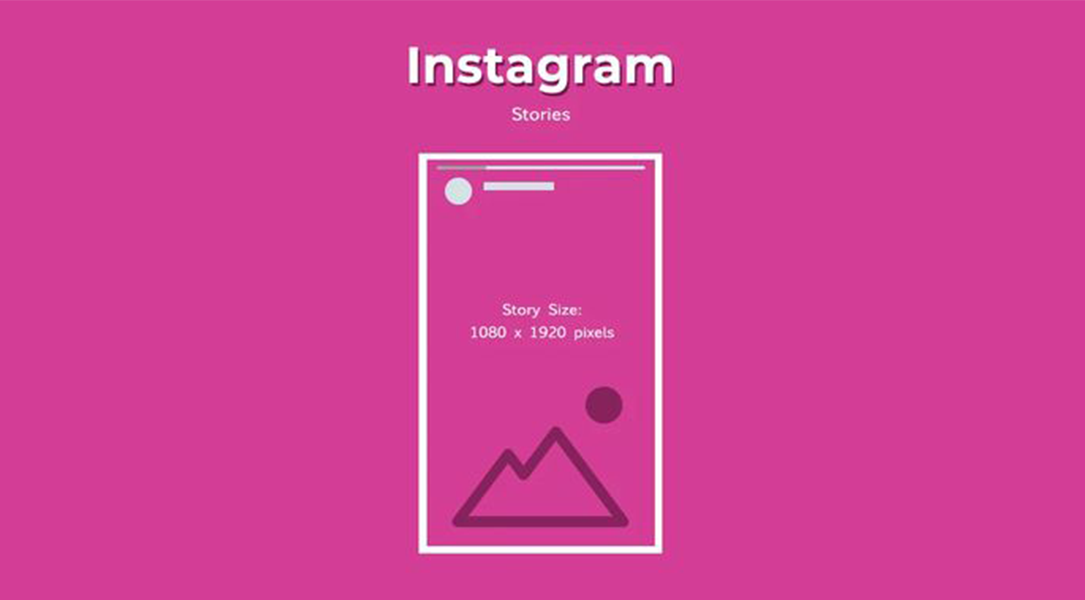
The recommended resolution for Instagram Stories is 1080 x 1920 pixels with an aspect ratio of 9:16.
Instagram Image Size: Feed Photos.
Instagram Feed photos come with multiple orientations. The dimensions for these orientations are as follows:
- Landscape: 1080 x 566 pixels with an aspect ratio of 1.91:1
- Portrait: 1080 x 1350 pixels with an aspect ratio of 4:5
- Square: 1080 x 1080 pixels
Supported Image aspect ratio: Anywhere between 1.91:1 and 4:5 . If your uploaded Instagram image is of a different ratio, the platform will automatically crop your photo to fit a supported ratio.
Instagram Image Size: Carousel Photos
The recommended image sizes for Instagram carousel photos for different orientations are as follows:
- Landscape: 1080 x 566 pixels with an aspect ratio of 1.91:1
- Portrait: 1080 x 1350 pixels with an aspect ratio of 4:5
- Square: 1080 x 1080 pixels at an aspect ratio of 1:1
- Aspect ratio: landscape (1.91:1), square (1:1), vertical (4:5)
Instagram Image Size: Ads
The recommended image sizes for Instagram ads are:
- Landscape: 1080 x 566 pixels
- Square: 1080 x 1080 pixels
- Minimum width: 320 pixels
- Maximum width: 1080 pixels
- Supported aspect ratios: Anywhere between 1.91:1 and 4:5
- Instagram Stories ads: 1080 x 1080 pixels at an aspect ratio of 9:16
- Instagram Reels ads: 1080 x 1920 pixels at an aspect ratio of 9:16
- Instagram Profile Feed ads: 1080 x 1080 pixels with an aspect ratio of 1:1
Best practices for digital marketing and Social Media Marketing Posts - Photo Size and Video Post Size
Online marketing involves designing great infographics for your business.
Use this new best recommended Social Media Marketing posts photo size & Video Post Size for Instagram for your Online marketing
Image post Sizes Guide to Every Important Social Media: Facebook, Twitter, Pinterest, Instagram, Google My Business Updated 2025
What are the most popular social media sites right now? Social media networks are a major resource for both small and big businesses that are looking to promote their brands on the Internet. And figuring out the most popular social media sites for the audience you are trying to reach is extremely important.
For example, Facebook is losing ground with teens, while Snapchat is the preferred platform for this demographic. To properly utilize the power of social media, you need to know the most popular social media sites and identify the ones that work best for your business to avoid spreading yourself too thin.
The platforms are easy to use and some of them even have paid advertising options for businesses that want to reach new audiences. However, just because your business needs to be on these platforms doesn’t mean that it has to be on every other social media site.
To make this easy for you, we profiled 20 of the most popular social media sites so you can make informed marketing decisions.
Most Popular Social Media Sites
Facebook
This is the biggest social media network on the Internet, both in terms of total number of users and name recognition. Founded on February 4, 2004, Facebook has within 12 years managed to accumulate more than 1.59 billion monthly active users and this automatically makes it one of the best mediums for connecting people from all over the world with your business. It is estimated that more than 1 million small and medium-sized businesses use the platform to advertise their business.
Twitter
You might be thinking that limiting your posts to 140 characters is no way to advertise your business, but you will be shocked to know that this social media platform has more than 320 million active monthly users who make use of the 140 character limit to pass on information. Businesses can use Twitter to interact with prospective clients, answer questions, release latest news and at the same time use the targeted ads with specific audiences. Twitter was founded on March 21, 2006, and has its headquarters in San Francisco, California.
LinkedIn
Founded on December 14, 2002, and launched 0n May 5, 2003, LinkedIn is hands-down the most popular social media site for professional networking. The website is available in 24 languages and has over 400 million registered users. LinkedIn is great for people looking to connect with people in similar industries, networking with local professionals and displaying business related information and statistics.
Google+
While it’s no Twitter, Facebook or LinkedIn, Google+ has its place among the popular social media sites. Its SEO value alone makes it a must-use tool for any small business. Launched on December 15, 2011, Google+ has joined the big leagues registering 418 active million users as of December 2015.
YouTube
YouTube — the largest and most popular video-based social media website — was founded on February 14, 2005, by three former PayPal employees. It was later bought by Google in November 2006 for $1.65 billion. YouTube has over 1 billion website visitors per month and is the second most popular search engine behind Google.
Pinterest
Launched in March 2010, Pinterest is a relatively newcomer in the social media arena. This platform consists of digital bulletin boards where businesses can pin their content. Pinterest announced September 2015 that it had acquired 100 million users. Small businesses whose target audience is mostly made up of women should definitely invest in Pinterest as more than half of its visitors are women.
Instagram
Like Pinterest, Instagram is a visual social media platform. The site, launched on October 6, 2010, has more than 400 million active users and is owned by Facebook. Many of its users use it to post information about travel, fashion, food, art and similar subjects. The platform is also distinguished by its unique filters together with video and photo editing features. Almost 95 percent of Instagram users also use Facebook.
Tumblr
Tumblr is one of the most difficult to use social networking platforms, but it’s also one of the most interesting sites. The platform allows several different post formats, including quote posts, chat posts, video and photo posts as well as audio posts, so you are never limited in the type of content that you can share. Like Twitter, reblogging, which is more like retweeting, is quick and easy. The social networking website was founded by David Karp in February 2007 and currently hosts more than 200 million blogs.
Flickr
Flickr, pronounced “Flicker,” is an online image and video hosting platform that was created by the then Vancouver-based Ludicorp on February 10, 2004, and later acquired by Yahoo in 2005. The platform is popular with users who share and embed photographs. As of October last year, Flickr had more than 112 million users and had its footprint in more than 63 countries. An average of a million photos are shared daily on Flickr.
Reddit
This is a social news and entertainment networking website where registered users can submit content such as direct links and text posts. Users are also able to organize and determine their position on the site’s pages by voting submissions up or down. Submissions with the most positive votes appear in the top category or main page. Reddit was founded by University of Virginia roommates Alexis Ohanian and Steve Huffman on June 23, 2005. A decade later, the site boasts more than 36 million registered accounts and 231 million monthly visitors.
Snapchat
Snapchat is an image messaging application software product that was created by Reggie Brown, Evan Spiegel and Bobby Murphy when they were students at Stanford University. The app was officially released in September 2011, and within a short span of time they have grown immensely registering an average of 100 million daily active users as of May 2015. More than 18 percent of all social media users use Snapchat.
WhatsApp
WhatsApp Messenger is a cross-platform instant messaging client for smartphones, PCs and tablets. The app relies on the Internet to send images, texts, documents, audio and video messages to other users that have the app installed on their devices. Launched in January 2010, WhatsApp Inc. was acquired by Facebook on February 19, 2004, for about $19.3 billion. Today, more than 1 billion people use the service to communicate with their friends, loved ones and even customers.
Quora
Capitalizing upon human curiosity is an ingenious idea that would lead to the creation and launch of Quora in June, 2009. The website, co-founded by two former Facebook employees, Charlie Cheever and Adam D’Angelo now claims that it received more than 80 million monthly unique visitors, with half of them coming from the U.S. So far, the question-and-answer website has managed to raise $141 in venture capital funds and while it doesn’t look ready to go public yet, it’s definitely a company to watch.
Vine
With over 40 million users, Vine is a rapidly growing video sharing social media app that allows users to share 6-second video clips with their followers. While this looks like a really short time for a video, businesses of all sizes are having tremendous success using the service. Vine was founded in June 2012 and later acquired by Twitter in October 2012, just before its official launch.
Periscope
Periscope is a live video streaming mobile app that was developed by Joe Bernstein and Kayvon Beykpour. The two started the company in February 2014 and later sold it to Twitter for $100 million in March 2015. Four months after its March 2015 relaunch, Periscope said that it had surpassed 10 million accounts and in December the same year, Apple announced Periscope as the app of the year.
BizSugar
BizSugar is a social networking platform and niche resource for small business owners, entrepreneurs and managers. The site was created in 2007 by DBH Communications, Inc., a provider of award-winning business publications, and later acquired by Small Business Trends LLC, in 2009. The platform allows users to share videos, articles, blog posts, podcast among other content. It also allows users to view and vote on submissions by other members.
StumbleUpon
StumbleUpon is a discovery engine that finds and recommends content for its users. Come June 30, 2018, it will be moving to Mix. More than 25 million people use StumbleUpon for entertainment and information. In addition, more than 80,000 publishers, brands, and other marketers have used StumbleUpon’s Paid Discovery platform to promote their businesses. StumbleUpon was owned by eBay from May 2007 to April 2009, when Garrett Camp, Geoff Smith and several investors bought it back. It is now an independent, investor-backed startup once again.
Delicious
This is a social bookmarking web service for discovering, storing and sharing web bookmarks. The site was founded by Peter Gadjokov and Joshua Schachter in 2003 and acquired in 2005 by Yahoo. By the end of 2008, Delicious claimed that it had bookmarked 180 million URLs and acquired more than 5.3 million users. The service was later sold to AVOS Systems in April 2011 who later sold it to Science Inc. In January this year, Delicious Media said that it had acquired the service.
Digg
Founded more than a decade ago (November 2004), Digg is a news aggregator with a curated front page that selects stories specifically for the Internet audience, The topics vary widely from trending political issues to science to viral Internet issues and anything in between. Digg supports sharing of content to other social media platforms such as Facebook and Twitter. In 2015, the company claimed that it had about 11 million active monthly users.
Viber
Viber is a Voice over IP (VoIP) and instant messaging app for mobile devices that was developed and released by Viber Media on December 2, 2010. The app also allows for the exchange of audio, video and images between users. As of April 2014, Viber had accrued close to 600 million registered users and 230 monthly active users.
Which social media site is your favorite? Do you have one to add to our most popular social media sites list?
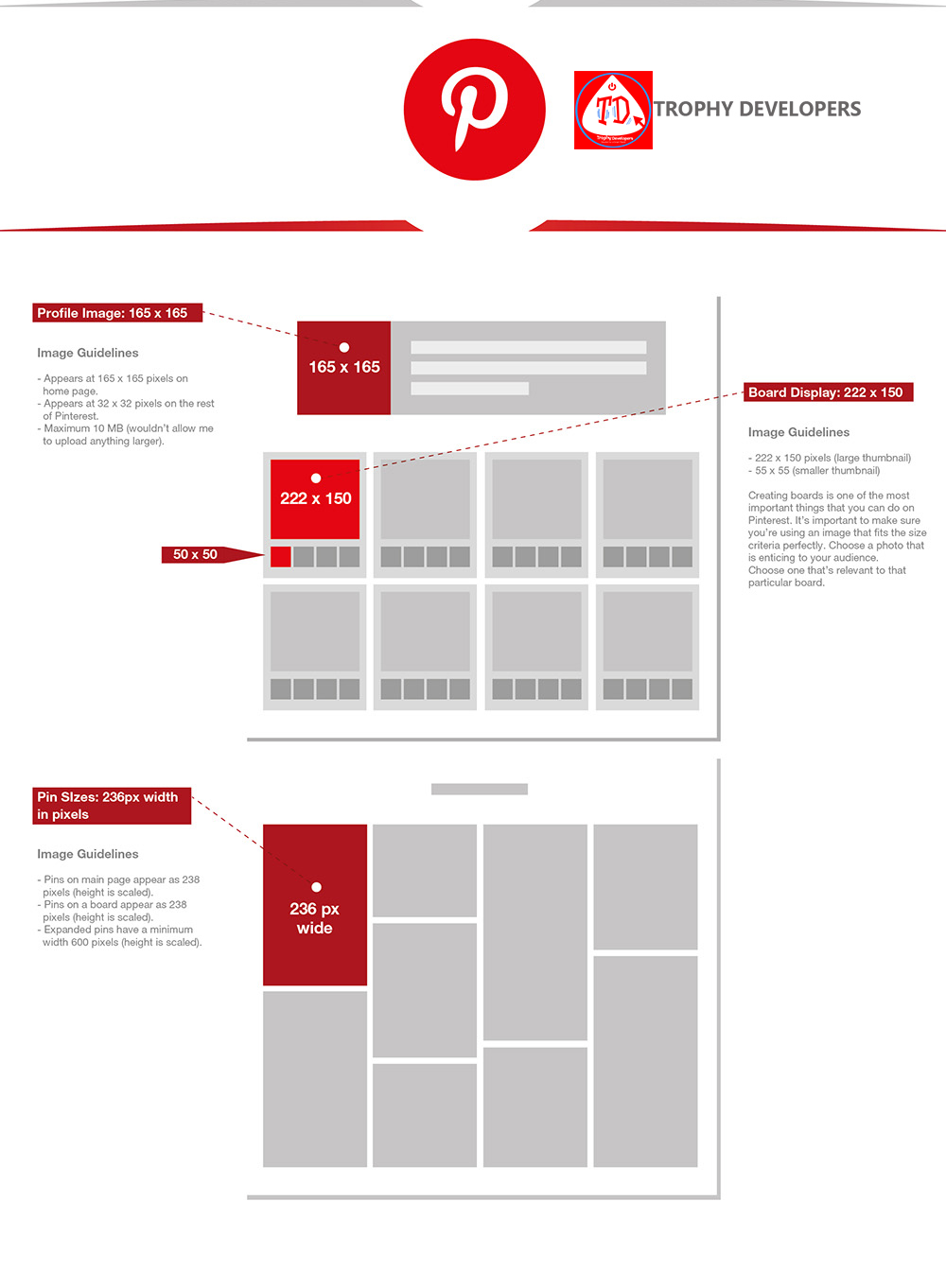
Pinterest, Inc. is a social media web and mobile application company. It operates a software system designed to enable discovery of information on the World Wide Web using images and, on a smaller scale, GIFs and videos. Photo sizes that will make your page awesome
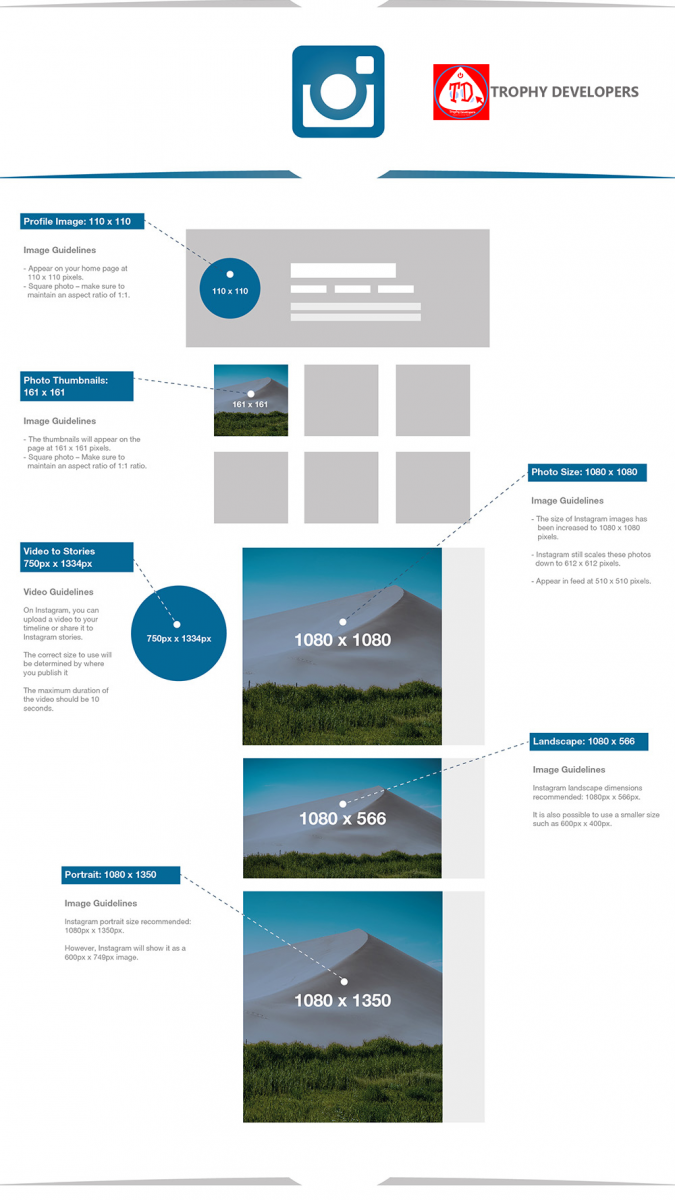
Instagram-Social Media Photo Images and Video 2019 Recommended Photo or video size by Uganda Website Designers
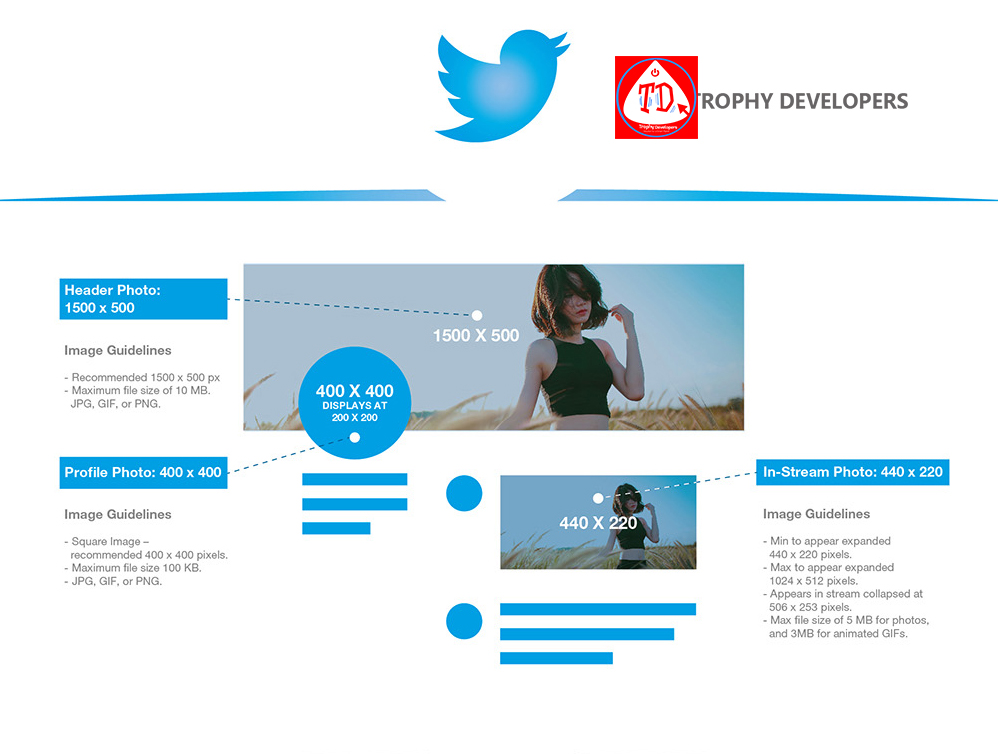
Twitter -Social Media Photo Images and Video 2019 Recommended Photo or video size by Uganda Website Designers
Table of contents
ShowHide- 2025 Updated Image post Sizes Guide to Every Important Social Media
- Best practices for digital marketing
- A Short Guide for Social Media Image Sizes
- We found below the best recommended Social Media post photo size & Video Post Size for Facebook for your digital marketing with our research
- Here are the recommended sizes for images on Facebook.
- Facebook Image Size: Ads
- 2. Instagram Image Sizes
- Recommended Instagram Image Size: Story
